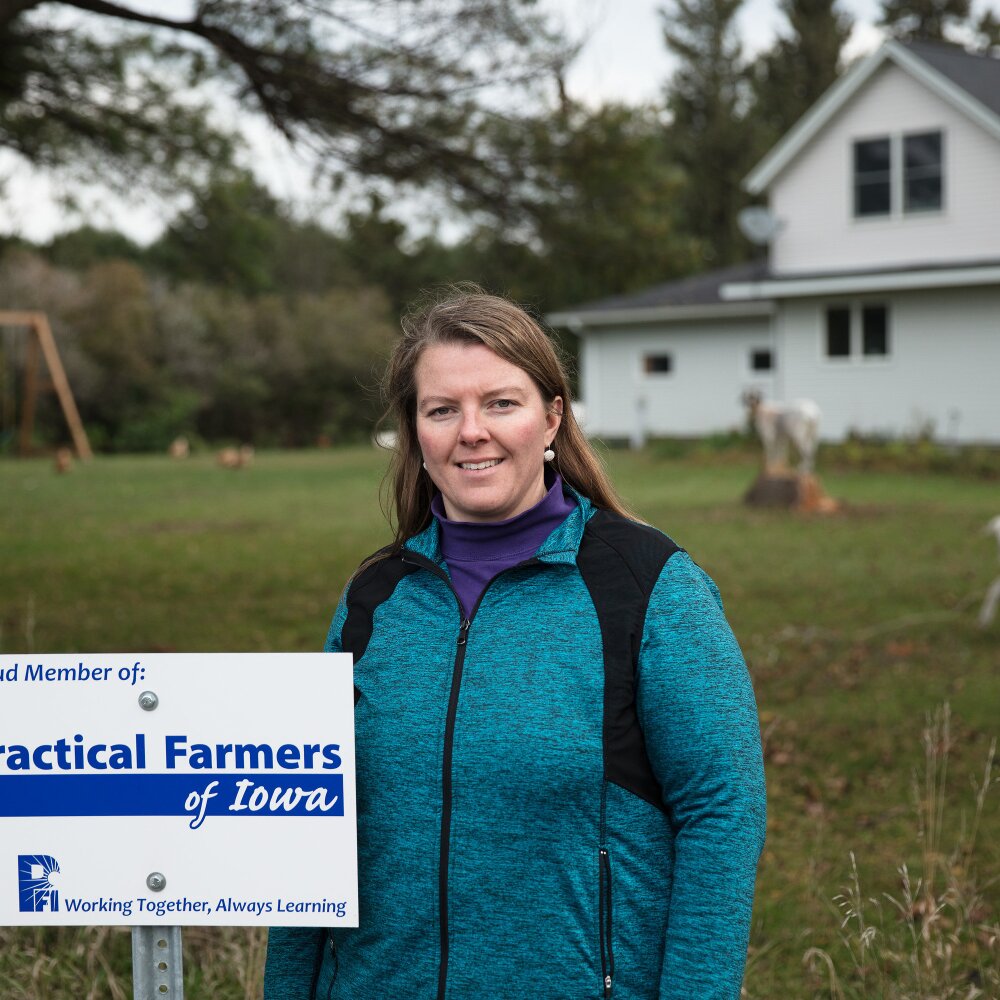Changing the broken systems that hold social and environmental challenges in place is hard work. Measuring those changes in ways that help us understand progress and drive ongoing learning, adaptation and improvement? Well, that brings its own set of challenges.
At the Walton Family Foundation, we’re focused on creating access to opportunity for people and communities. We do that by working to improve the systems in society that can limit what is possible.
Our Education program, for example, is about more than helping to create a great school, or even a network of great schools. It’s about working to create systems of high-quality education options for students. And lowering systemic barriers that prevent children from reaching their highest potential.
In the foundation’s Strategy, Learning, and Evaluation Department (SLED), a big part of our job is assessing:
1) How our grants contribute to the foundation’s broader strategic goals in the short term; and
2) If and how those strategies are then moving the dial on the broader systems changes we’re seeking to make in the longer term.
To do that, we need tools that can give us a reasonably accurate picture of how key aspects of systems are changing and how the foundation’s investments may be contributing to those changes.
Candidly, we need better tools for measuring the impact of philanthropy on systems change. Tools that generate useful information can drive learning and help us adjust strategy and investment decisions.
Evaluating systems change is messy and complicated. And we can’t do this work in isolation.
It’s one thing to learn how one school is performing – you can examine student test scores or graduation rates. It’s another to accurately measure if you’re succeeding in changing power dynamics in education that hinder students from underserved communities. Or whether you’re building durable, diverse and trust-based coalitions to advocate for change. Our field is building new tools to measure key aspects of systems like power, community connectivity and shared narratives. But there’s still a long way to go.
Evaluating systems change is messy and complicated. And we can’t do this work in isolation.
Thankfully, we’re not alone.
Other foundations focused on long-term systems change are tackling many of the same measurement questions – no matter what challenge in society they are trying to solve.
We want to create a space in philanthropy where foundation evaluation staff can come together to learn from one another.
To help our field learn together, the Walton Family Foundation’s SLED team has joined with evaluation leaders from several peer foundations to share knowledge and best practices on measuring philanthropy’s impact at a systems level.
Our partners in this new group include the Conrad N. Hilton Foundation, the James Irvine Foundation, the David and Lucile Packard Foundation, the Omidyar Network, and the MacArthur Foundation, along with four other foundations and support from Engage R+D and Equal Measure.
Collectively, we want to create a space in philanthropy where foundation evaluation staff can come together to learn from one another. We’re learning about more equitable measurement, evaluation and learning practices related to the challenges of systems change efforts that each of our foundations are trying to solve. We want it to be a place to hone our practice and develop insights for the field that could be of benefit to others who are on a similar journey.
One question we’re asking is how to solve the “time horizon challenge” of systems change. Many foundations – ours included – have three- to five-year strategy cycles. But we also know it can take 30 years or longer to, say, create resilient rivers and oceans amidst climate change. Or develop inclusive communities in Northwest Arkansas where all residents thrive. Or build an education system where all children can find their unique path to the careers and lives they choose. The resulting challenge can create a disconnect between what we’re tracking during a strategy cycle and what we want to achieve over a much longer timeframe.
We believe the time is ripe to think differently about how we measure and understand systems change.
We're improving our approach to measuring outcomes of specific grants that are tied to these big goals. But as that work continues, we risk losing our line of sight into the ripple effects of these investments and their broader impacts.
Philanthropy, right now, is going through a period of change. We certainly don’t have all – or even many – of the answers. But we believe this is a good time to be asking important questions.
Foundations are thinking differently about how they do their work. And how they approach creating positive social and environmental impact. It’s a time when we’re working to build stronger trust with the people and communities closest to the problems. We’re committed to more inclusive, community-led change with more people in the conversation.
As philanthropic evaluators, we believe the time is ripe to think differently about how we measure and understand systems change. And doing so in ways that increase trust in philanthropy and help create a more equitable society.





